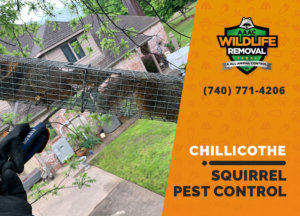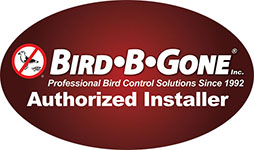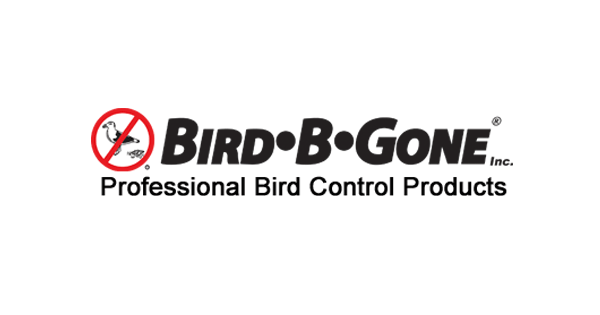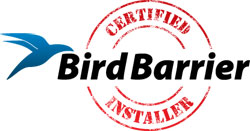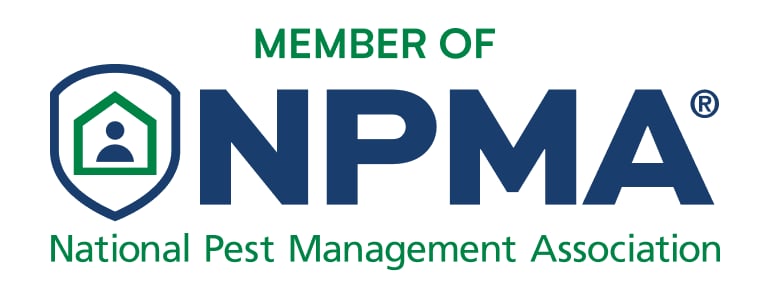The signs of a Squirrel Infestation
People first become aware of unwelcome squirrels when they hear the squirrels cause a commotion in the attic or above a carport.
You’re also likely to see an increase in squirrels around your yard as they go to and from your house. There are a few other less common symptoms of a squirrel infestation:
- Damaged garden plants
- Bark damage on young trees
- Noticeable squirrel droppings
- Small divots in your grass (to conceal their nuts!)
- Nests in close by trees
- Holes in your siding, soffit, or fascia board
The most effective method to control pest squirrels
So now that you’re aware of the different ways squirrels can damage your property, we’re sure you’re saying to yourself “Ok, I know I have a squirrel problem, now what do I do about it?”
We here at AAAC Wildlife Removal can give you the best advice (and handle all the work), but there’s a couple of things that you can do to mitigate the risk of even having a problem.
Keeping squirrels out of your attic and home
Any tree limbs that hang over your property make an ideal on-ramp for invasive squirrels hoping to get inside.
Indeed, even branches that end 8 feet from your home can give them access. Squirrels are easily able to clear huge gaps with a single jump.
They can also run along fences and power lines because of their acrobatic skills, so simply cutting back tree overhang might not be enough.
Make sure to cut back branches and limbs where appropriate, and try to limit the number of lines that connect to your rooftop. Don’t forget to inspect your chimney as well as your attic and ceiling.
Likewise, take a walk around your property and carefully assess it for entry points like gaps or holes. Squirrels can fit through extremely tiny gaps, so don’t think any hole is too small to fix.
Limit or remove food sources
Keeping squirrels out of your yard is vital. Squirrels are herbivores with an incredibly diverse diet. It primarily consists of nuts, seeds, plant buds, etc.
It’s impossible to completely eliminate their source of food, and even if you could, it doesn’t seem like a good idea to chop down every nut producing tree in your yard! What you can do is to remove just a portion of the easily available food sources like bird feeders and other treats for wild animals.
This is especially significant in the colder months when your “generosity” can be incredibly attractive because of the shortage of their usual food sources. If you’d still like to feed the birds in your area, you should get a bird feeder that is designed to keep squirrels out of it.
Use “scare” tactics
Motion detection lights, loud noises, and other sounds can all be successful deterrents for squirrels and other nuisance wildlife like rats or feral cats.
There are some obvious downsides to these kinds of deterrents since they can disturb your own pets, and especially your neighbors.
Also understand that squirrels attenuate very quickly to scare tactics that are not backed up by a real threat. You may see results up front, but they could become less effective over time.
Trap your squirrels
Trapping is a great method that doesn’t include loud noises or disturbing lights. It’s possible to do it yourself, but you need to check local laws regarding squirrel trapping.
It’s always a good idea to go with a professional squirrel trapping company like AAAC Wildlife Removal who can help you assess the best strategy to keep your house and yard squirrel free.

